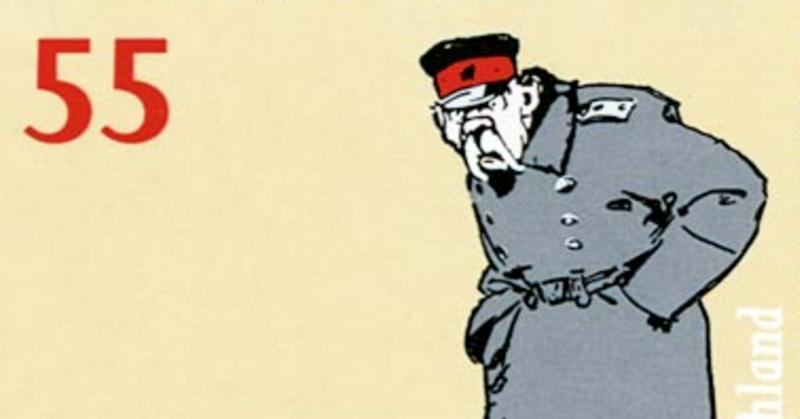When A Shoemaker Convinced People To Kidnap A German Governor
By | March 9, 2021

There are people in the world who can convince anyone to do anything, and Wilhelm Voigt was definitely one of those guys. He could have been a cult leader, a politician, or a pied piper, but instead, this accomplished shoemaker and longtime thief just convinced an entire town in Germany to help him kidnap a governor so he could steal 4,000 marks, becoming a folk hero in the process.
Wilhelm Voigt
Friedrich Wilhelm Voigt's early years were anything but folkloric; he was just a kid from Tilsit, Prussia with a chip on his shoulder. He started his career in crime fairly early with an arrest for theft in 1863 when he was only 14 years old, earning him two weeks in prison. When he was released, he discovered he'd been expelled from school, so he turned to the family trade of shoemaking but never gave up his life of crime. He spent the next 27 years in and out of prison for burglary, forgery, and theft, 15 of which he served for the unsuccessful robbery of a court cashier's office.
By 1906, Voigt was out of prison and out of options. He moved in with his sister in Rixdorf, a town near Berlin, where he worked as a shoemaker for a brief period of time, but he was soon pushed out of town by the police for his status as an ex-con. Well, not really. Voigt told everyone he was moving to Hamburg, but in reality, he hung around the city as an unregistered resident, keeping to himself. He may have seemed defeated, but he was just biding his time, quietly planning the heist that would turn him into a legend.

The Crime Of The Century
The first part of Voigt's plan involved scouring local shops for everything he needed to look the part of a military captain. The uniform needed to be perfect: Unless he could convince his victims he was a government authority, they wouldn't help him rob the mayor of Köpenick. Oh, yeah—that was his whole plan. At the time, the German military was trained to follow their leaders without question, a fact that hadn't gone unnoticed by Voigt and which he planned to use to his own advantage.
Between August and October 1906, Voigt wandered around Berlin, dressed in his captain costume and tossing off orders to any soldiers he happened to come across to see if they'd obey his command. Once he was satisfied that his disguise was a success, he took a train to Tegel, a small town about an hour and a half away from Berlin, where he enlisted a unit of soldiers to help him occupy the nearby Köpenick's city hall. With all the confidence of a seasoned commander, he instructed local police to arrest the mayor and drive him to Berlin, then Voigt's soldiers watched the entrances and exits while he took a cash box with 4,000 marks inside. As suddenly as he'd arrived, Voigt disappeared with the cash.

The Captain Of Köpenick
It didn't take long for the German military to figure out they'd been duped. Once the press caught wind of the story, they had a field day with it, but with Voigt in the wind, the embarrassed officials had only themselves to blame. He probably would have gotten away with it if he could have kept his trap shut, but he bragged to an ex-con buddy who immediately narc'd on him. He was arrested on October 26 and sentenced to four years in prison despite what had become overwhelming public support for his crime. Don't worry: He spent all of two years behind bars thanks to Kaiser Wilhelm II, who was just happy that his officers followed instructions from a superior, even if it was an "amiable scoundrel" simply dressed as a superior.
After Voigt was released from prison, he immediately ascended from a lowly former shoemaker and ex-con to local legend. A statue of Voigt in character as the "Captain of Köpenick" was erected outside the scene of his crime, he recorded his version of the story for anyone who wanted to listen, and he even made appearances in uniform where he posed for photos (for a price). He was finally making an honest living: Aside from photo ops, he was gifted a pension by a wealthy widow and an open invitation to dine at a local restaurant for free whenever he wanted. Even a century after the heist that turned him into the living embodiment of guts and glory in the local imagination, his legacy wasn't forgotten. A German postage stamp bearing his likeness was issued in 2006.

